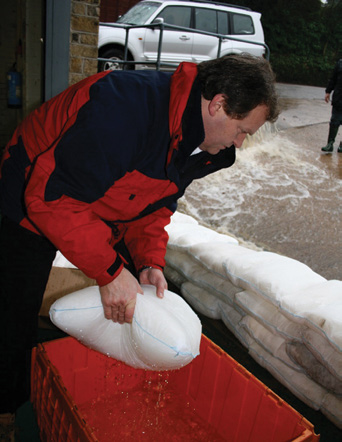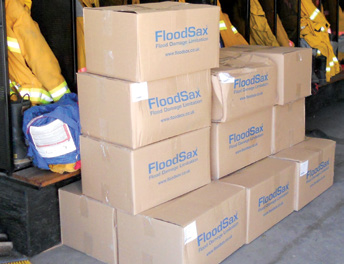Floodproofing
building and does not require modifications to the building structure.
Description + function
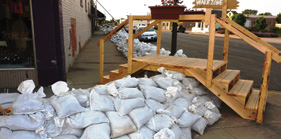
Protective barriers may be temporary or permanent.
Temporary barriers can be quickly deployed, generally in less than 24 hours. However, a flood must be anticipated with sufficient warning time. They include:
- Sandbags. Although inexpensive and effective, they are heavy and hard to transport.
- Water-inflated tube systems. These large vinyl, rubber or polyethylene tubes are typically filled from a fire hydrant, then anchored to the ground. Due to freshwater buoyancy in salt water, they are not recommended for coastal flooding zones.
- Panelized systems installed into foundation slots. Temporary flood panels can be fitted into permanent slots.
- Other Systems. A variety of new technologies are emerging to support flood protection (See Case Study on “sand-less sandbags”).
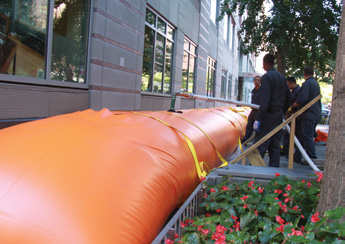
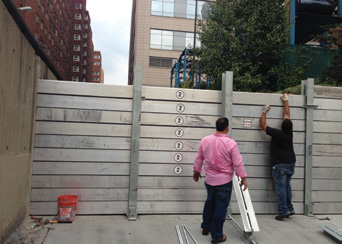
- Floodwalls are typically made of reinforced concrete or reinforced concrete blocks. They are built on solid foundations and engineered to support the hydrostatic pressure from a flood. Because they are permanently installed, they are effective against unanticipated events.
- Berms are earthen structures with wide, shallow-sloping sides, carefully built with compacted layers of clay to prevent water penetration. Levees are long, linear berms usually meant to keep a river within its banks, while smaller earthen berms can be used to encircle buildings.
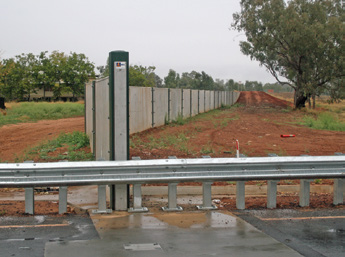
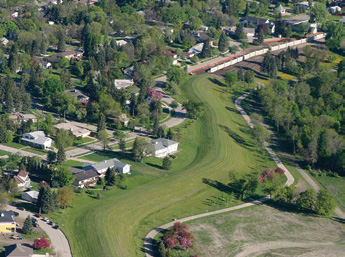
Strategy into action
Due to the risk of barrier failure, it is important to consult a professional to ensure the system can withstand the hydrostatic pressure of floodwaters.
Berms and levees are an option only if there is adequate space around a building. The width of berms and levees requires greater setbacks than floodwalls, and may be impractical in an urban environment.
Deployable floodwalls consist of interlocking panels inserted into permanent slots. Temporary flood barriers are unrolled and inflated with water, usually using fire hoses. The barriers are then anchored to the ground with straps.
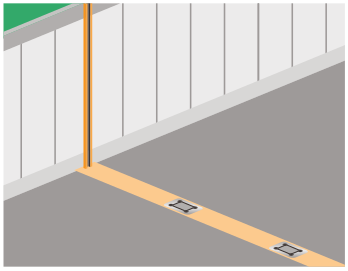
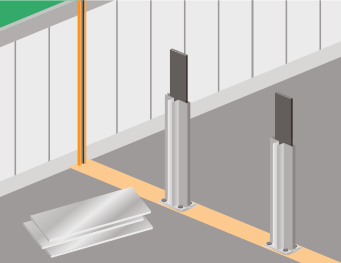
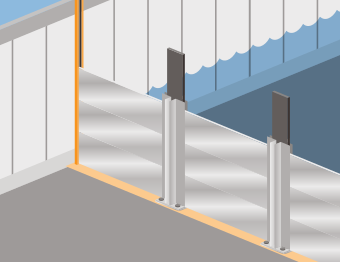
Permanent flood barriers can serve additional purposes, including recreational use and landscape design, in which they provide seating or erosion control. Check with local regulations on flood barriers before installing a permanent system.

Operations + maintenance
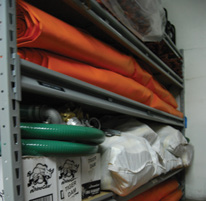
When multifamily buildings are threatened with flooding, evacuation is usually necessary, even with permanent flood barriers in place. If an evacuation is ordered by the local municipality, building owners should comply. Inspect permanent berms, levees and floodwalls after any flooding, and at least annually, to identify potential points of failure—berms and levees can erode quickly if a leak forms. Floodwalls, both permanent and temporary, can fail if concrete footings degrade or fissures open up. If the water table rises under flood walls, they are likely to destabilize. Monitor perimeter floodwalls closely during a flood event.
- Inspection Temporary, panelized floodwalls may not install properly if foundations or grooves in walls or structural columns are damaged. Frequent inspection is necessary.
- Storage Water-inflated flood barriers and flood-door gaskets may deteriorate from exposure to UV, dust and dirt. Store these systems in a clean environment away from sunlight.Conduct yearly trainings on the proper installation of temporary
- Training flood barriers, so staff members can practice deploying the system. Following a deployment, inspect and repair barriers.
Estimated cost
- $
- $$
- $$$
- $$$$
Supporting strategies
Resources
- Fluvial Design Guide, Chapter 9, Floodwalls and Flood Embankments, UK Environment Agency. evidence.environment-agency.gov.uk/FCERM/en/FluvialDesignGuide/Chapter_9_Background.aspx
- Selecting Appropriate Mitigation Measures for Flood-Prone Structures, Chapter 5, Barriers, FEMA 551, March 2007. www.fema.gov/media-library/assets/documents/10618
- Temporary and Demountable Flood Protection Guide: Flood and Coastal Erosion Risk Management Research and Development Programme, UK Environment Agency. www.gov.uk/government/uploads/system/uploads/attachment_data/file/290837/scho0711buak-e-e.pdf
- The Waterfront Alliance — #OurWaterfront. A program of the Metropolitan Waterfront Alliance, WEDG is a rating system and set of guidelines to create resilient, ecological, and accessible waterfronts. wedg.waterfrontalliance.org
Background
The Jewish Association Serving the Aging (JASA) owns and operates several multifamily residential buildings across New York City, primarily housing for seniors. Superstorm Sandy caused $2 million dollars worth of damage to JASA’s properties. Several of its larger senior housing facilities lost power. To protect buildings against future storms, JASA implemented a host of resilience measures.
Strategy
As part of its comprehensive plan, JASA purchased 10 cases of Floodsax, a commercial product that functions like a sandbag but is filled with a dehydrated gel. When exposed to water, the gel expands, absorbing the water and swelling to several times its original volume. When dry, the bags are much lighter and easier to store and transport than sandbags.
Floodsax complement JASA’s other floodproofing measures, including removable dry floodproofing barriers at entrance doors. In addition to physical resilience efforts, JASA has implemented an organization-wide emergency response plan in preparation for future disasters.
Cost
ASA purchased 10 cases of Floodsax for approximately $2,500. Each case contains 20 reusable bags.
